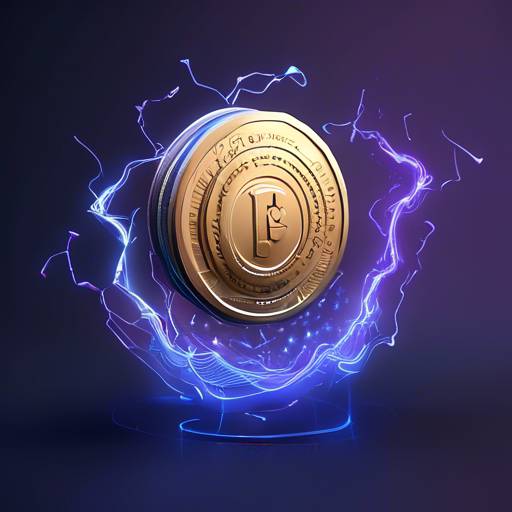Decentralized Physical Infrastructure Network (DePIN): Changing Real-World Infrastructure
Discover how the concept of a decentralized physical infrastructure network (DePIN) is revolutionizing sectors such as telecommunications, cloud computing, transportation, and energy distribution. DePIN offers a framework where the community collectively builds, maintains, and operates physical infrastructure using blockchain protocols. So, what exactly is DePIN and how is it poised to disrupt infrastructure services? Read on to find out more.
DePIN Explained: What is DePIN in Crypto?
DePIN is the convergence of blockchain technology with solid infrastructure services. These networks use cryptocurrency to grow important services and combine digital and real-world services through decentralized applications (dapps). Messari introduced the term DePIN in November 2022, and it has since become a standout trend for peer-to-peer infrastructure.
Messari’s analysis of decentralized physical infrastructure networks revealed two primary DePIN categories:
- Physical resource networks (PRNs): Geographically anchored entities that supply location-specific resources from a consortium of independent providers.
- Digital resource networks (DRNs): Contributors offer transferable digital resources like computational power, bandwidth, or storage.
Real-world applications of DePIN technology span four main categories:
- Cloud and storage networks: Projects like Filecoin enable individuals to monetize spare computer storage space.
- Wireless networks: Initiatives like Helium extend coverage for technologies like 5G and low-power wide-area networks (LoRaWAN).
- Sensor networks: Platforms like Hivemapper encourage users to share real-time data from devices equipped with sensors.
- Energy networks: Platforms like Arkreen connect green energy providers to integrate sustainable energy into the wider infrastructure.
How Do DePINs Work?
DePINs function through decentralized blockchain technology, distributing control and responsibility across a network. Participants are rewarded with cryptocurrency for contributing resources like computing power or internet connectivity. Every DePIN application is built upon four fundamental pillars:
- Physical network infrastructure
- Off-chain computing systems
- Blockchain framework
- Token rewards system
The DePIN Flywheel
DePIN projects utilize their native crypto tokens to drive a self-reinforcing cycle known as the flywheel effect. As user engagement rises, the demand for DePIN crypto tokens increases, incentivizing developers and contributors to improve the network. This expansion attracts investors, drawing additional capital and support, which propels further growth and innovation.
Advantages of DePIN Technology
DePINs offer several advantages that can change scalability and community empowerment:
- Scalability: DePINs leverage crowdsourced infrastructure for faster and cost-effective expansion.
- Community empowerment: Ownership of hardware is distributed among users, fostering collaboration and involvement.
- Transparent governance: DePINs champion open and democratic decision-making processes.
- Accessible participation: DePINs prioritize open access and censorship resistance for all users.
- Cost efficiency: DePINs lower costs by leveraging competitive service providers within the network.
- Incentivization: DePIN frameworks offer opportunities for passive or active income to drive participation and growth.
DePIN Challenges
While DePIN shows promise, it faces several challenges in its early stages:
- Limited interest and adoption: DePIN is still a novel concept, resulting in limited interest from the blockchain community and infrastructure owners.
- Complexity and education: DePIN technology requires extensive education to engage potential adopters effectively.
- Financial requirements: Maintaining private networks comes with substantial operational costs, making it challenging to attract hosts and sustain operations.
- Provider profitability: Striking a balance between compensations and costs is difficult amid low engagement rates.
Are DePINs Paving the Way for Web3’s Future?
DePIN advancements are seen as a significant step forward in shaping the future of web3. By distributing tasks across multiple components, DePINs aim to create a more resilient network. The potential benefits of DePINs could lead to greater accessibility in web3, enabling advanced technology to reach a broader audience. Successful ventures in this direction could highlight the benefits of decentralized approaches in democratizing technology and processes.
Examining practical applications, initiatives like Render showcase the capabilities of DePIN projects. Analysts suggest that Render could disrupt the 3D graphics market by offering high-quality rendering capabilities at a lower cost compared to traditional competitors.
The road ahead for DePIN involves overcoming challenges and driving widespread adoption to transform the digital interaction and infrastructure landscape.





 By
By
 By
By
 By
By

 By
By
 By
By